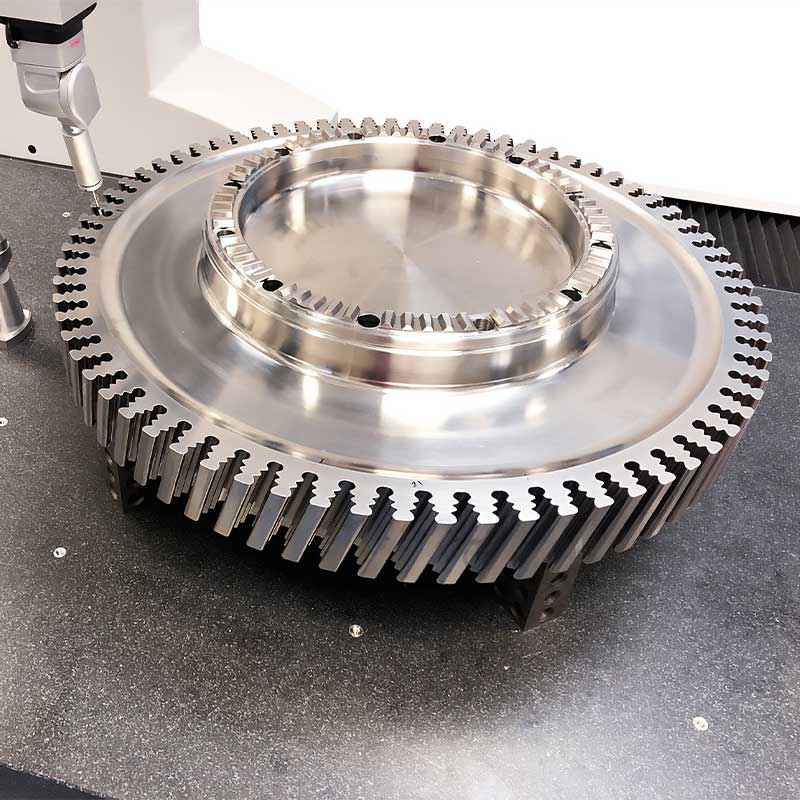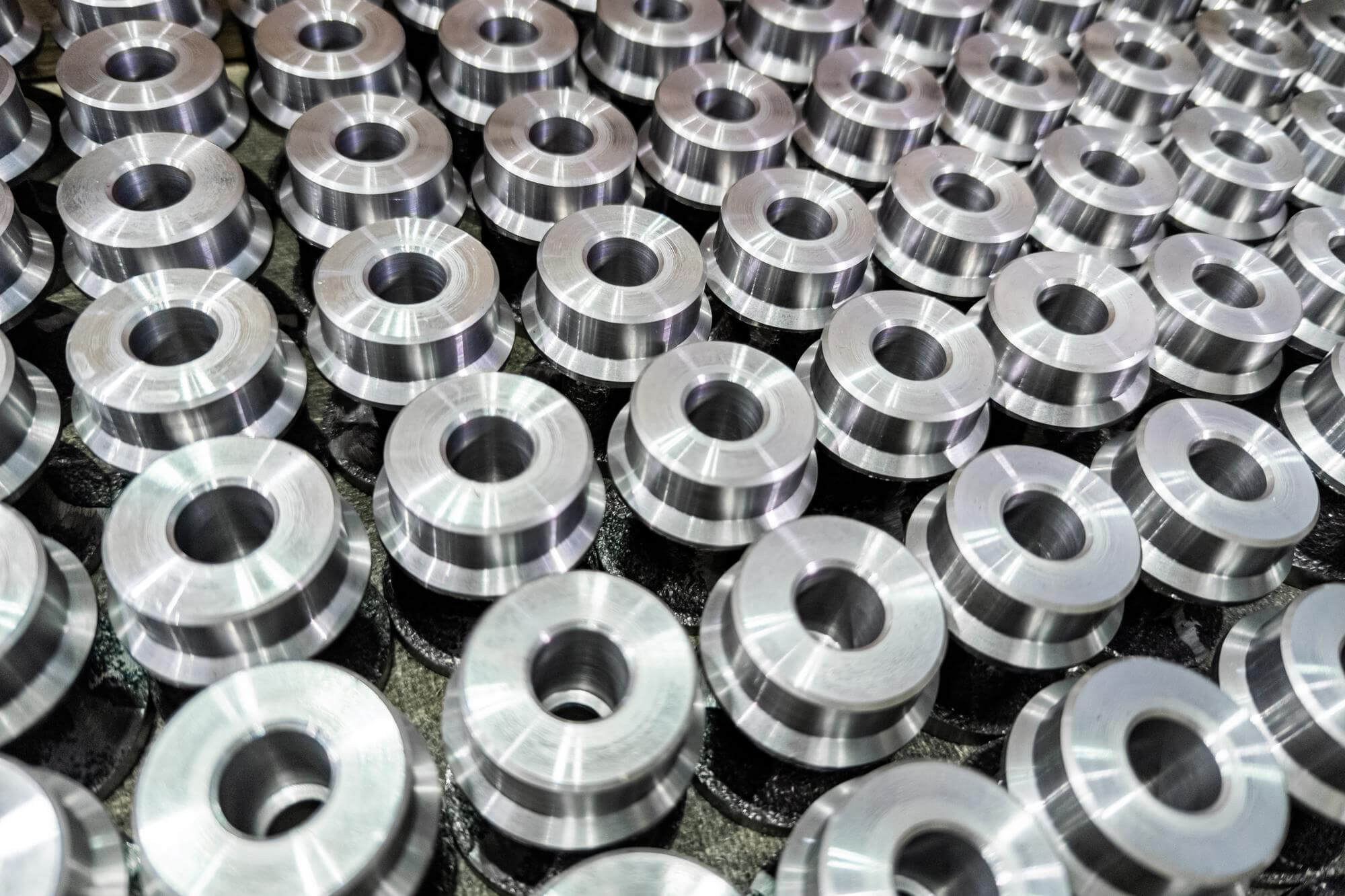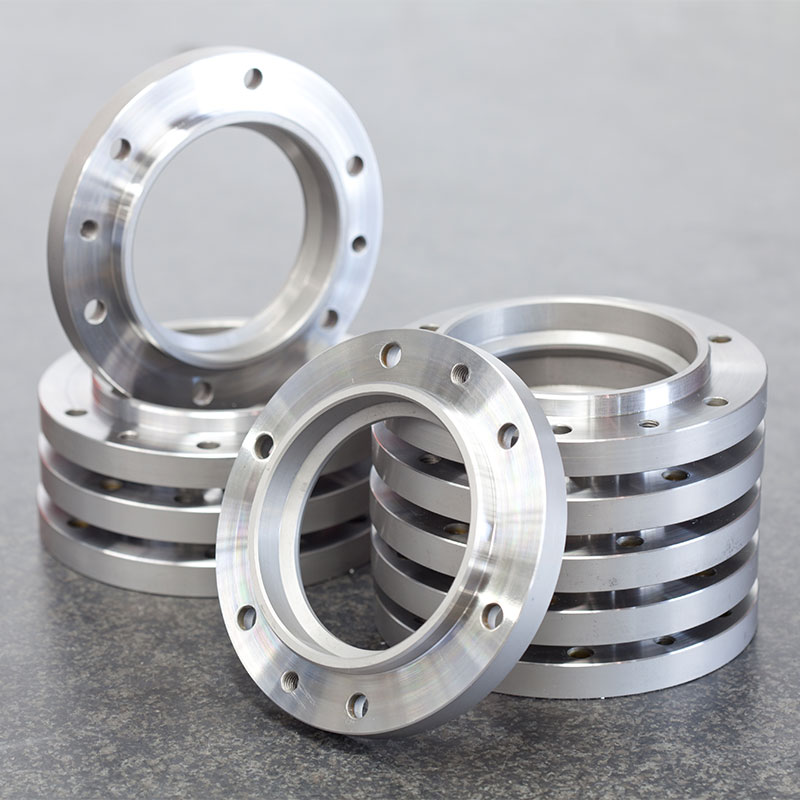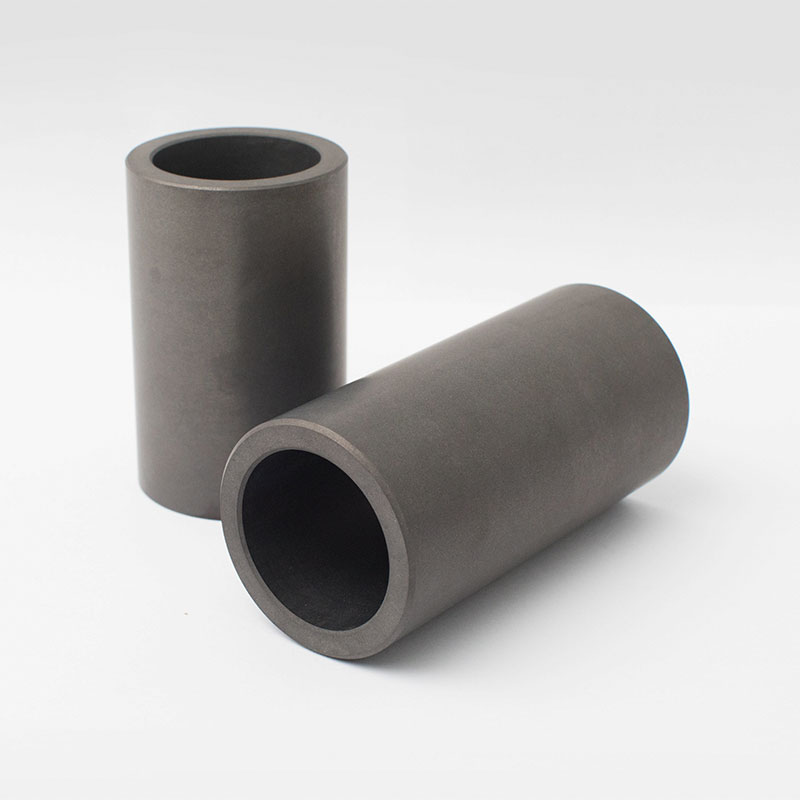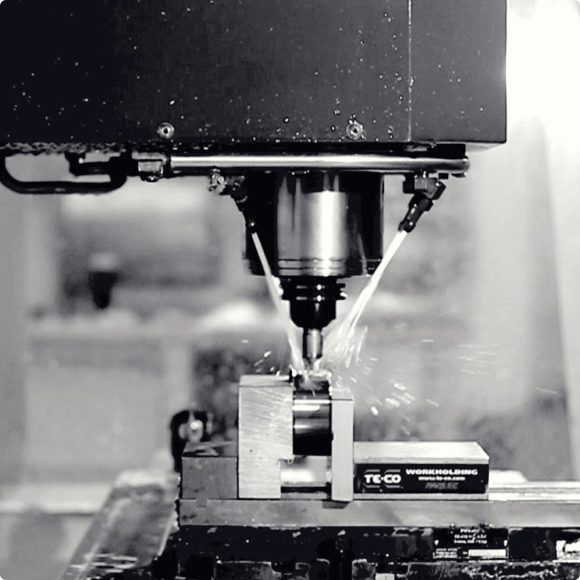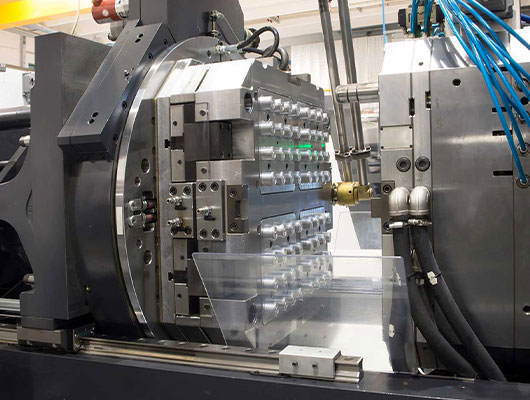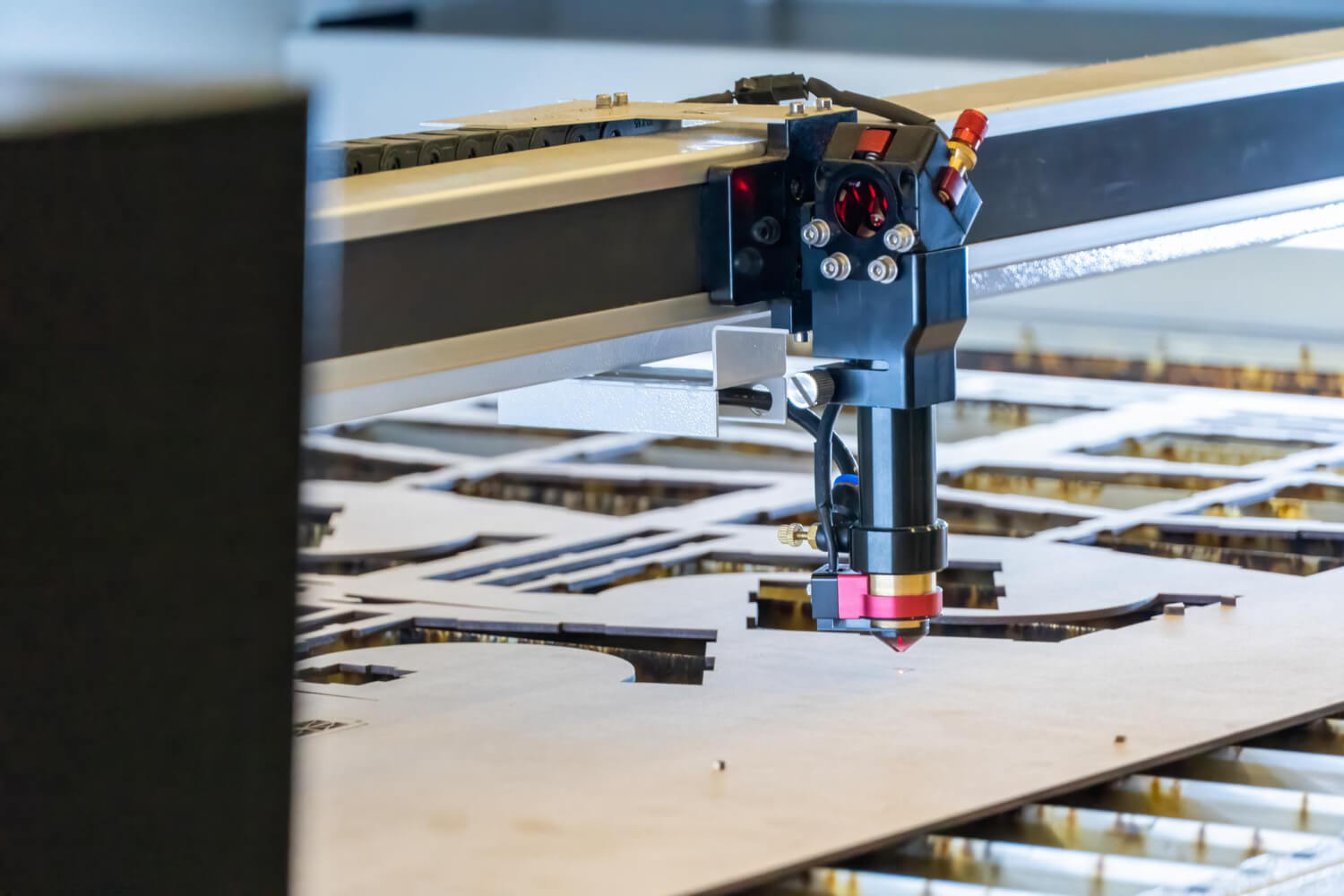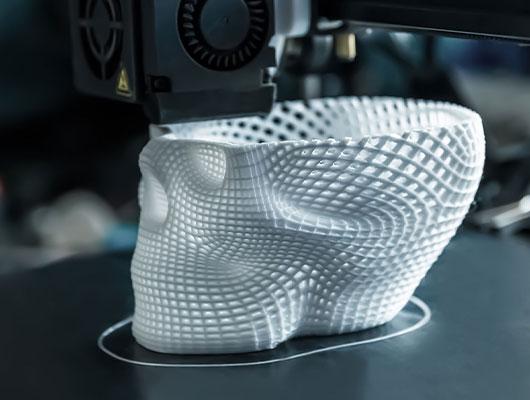Stainless Steel 15-5
Stainless Steel 15-5 is a precipitation-hardening stainless steel that contains 15% chromium and 5% nickel. It has excellent corrosion resistance and high strength, making it suitable for aerospace and defense applications. Its disadvantages include lower ductility and impact resistance compared to other stainless steel types.
Stainless Steel 17-4
Stainless Steel 17-4 is a precipitation-hardening stainless steel that contains 17% chromium and 4% nickel. It has excellent strength, hardness, and corrosion resistance, making it suitable for industrial and aerospace applications. However, it has poor weldability and is expensive compared to other stainless steel types.
Stainless Steel 18-8
Stainless Steel 18-8, also known as 304 grade, is a widely used austenitic stainless steel that contains 18% chromium and 8% nickel. It has excellent corrosion resistance, good weldability, and is suitable for a variety of applications, including kitchen equipment and medical devices. Its disadvantages include lower strength and hardness compared to other stainless steel types.
Stainless Steel 303
Stainless Steel 303 is a free-machining austenitic stainless steel that contains 17-19% chromium and 8-10% nickel. It has excellent machinability and is used in applications that require high precision and tight tolerances. Its disadvantages include lower corrosion resistance and toughness compared to other stainless steel types.
Stainless Steel 304
Stainless Steel 304 is a widely used austenitic stainless steel that contains 18% chromium and 8% nickel. It has excellent corrosion resistance, good weldability, and is suitable for a variety of applications, including kitchen equipment and medical devices. Its disadvantages include lower strength and hardness compared to other stainless steel types.
Stainless Steel 316
Stainless Steel 316 is a molybdenum-containing austenitic stainless steel that contains 16-18% chromium and 10-14% nickel. It has excellent corrosion resistance, particularly in harsh environments, and is used in marine, chemical, and medical industries. Its disadvantages include lower machinability and higher cost compared to other stainless steel types.
Stainless Steel 416
Stainless Steel 416 is a martensitic stainless steel that contains 12-14% chromium. It has excellent machinability and is used in applications that require high precision and tight tolerances. Its disadvantages include lower corrosion resistance and toughness compared to other stainless steel types.
Stainless Steel 420
Stainless Steel 420 is a martensitic stainless steel that contains 12-14% chromium. It has excellent hardness and is used in applications that require high wear resistance, such as surgical instruments and cutlery. Its disadvantages include lower corrosion resistance and toughness compared to other stainless steel types.
Stainless Steel 440C
Stainless Steel 440C is a high-carbon martensitic stainless steel that contains 16-18% chromium. It has excellent hardness and wear resistance and is used in applications that require high strength and durability, such as knife blades and bearings. Its disadvantages include lower corrosion resistance and toughness compared to other stainless steel types.
Stainless Steel 410
Stainless Steel 410 is a martensitic stainless steel that contains 11.5-13.5% chromium. It has good corrosion resistance and is used in applications that require high strength and hardness, such as valves and pumps. Its disadvantages include lower toughness and weldability compared to other stainless steel types.


